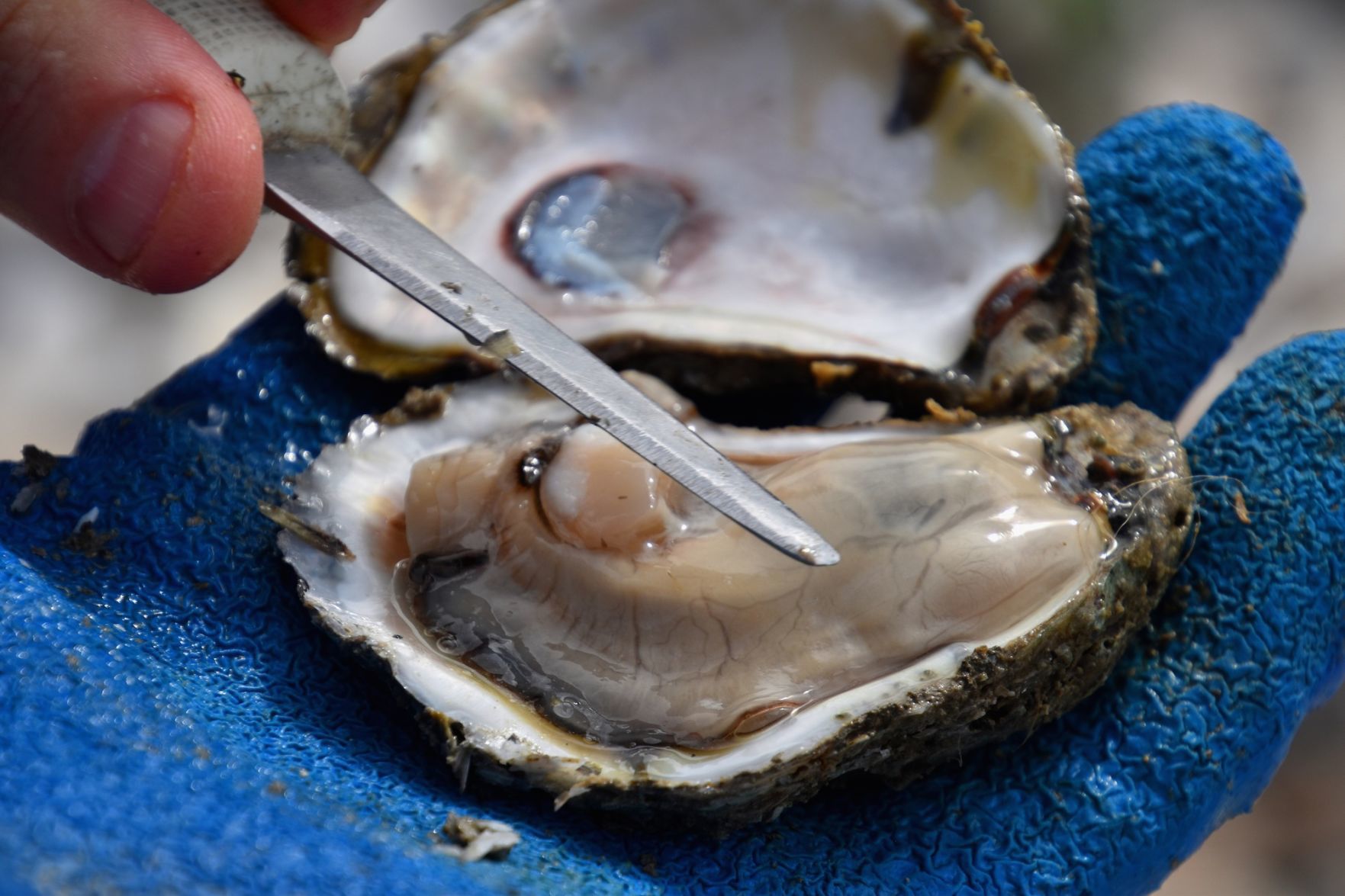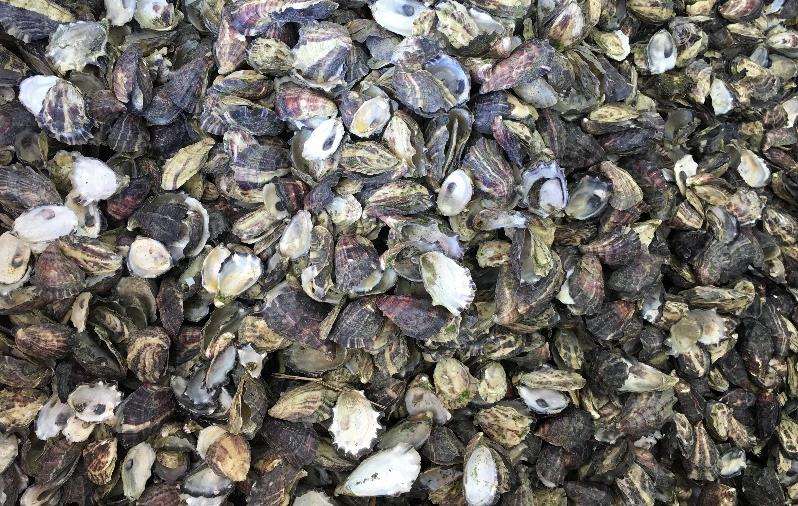

For instance, young oysters from the wild are often asymptomatic carriers of the virus whereas hatchery oysters are generally free of OsHV-1 13, and the initial health status of oysters interacts with environment on mortality risk 23. The young oysters came from either the wild collection or the hatchery while the adults came only from the wild only. Most of the studies aimed at defining mortality risk factors for oysters were conducted at the local (18 months). For adult oysters, mortality is primarily associated with connectivity to channel rivers and salinity, and secondarily with connectivity to oyster farms 14. The risk factors involved in young and adult oyster mortalities are partly different, reflecting differences in the interactions with these distinct pathogens 14. It increases, however, for Vibrio aestuarianus 19, a pathogenic bacterium that cause major mortality in adult oysters 3, 4. The susceptibility of oysters decreases with age for OsHV-1 13, 18, 19. In this case, virus reactivation can occur several weeks to months after initial exposure. Latent and asymptomatic OsHV-1 infections are able to persist in hosts 17. Mortality starts in the intertidal farming areas and spread off-coast in a way that depends of food quantity and quality, turbidity, growth rate and energetic reserves of oysters 14, 15, 16. The infected host shed viral particles into the water column and dispersal to new hosts occurs via water currents 8, 12, 13. There is a threshold dose for infection and a dose-response effect of OsHV-1 on mortality 10, 11. Infection starts when viral particles come into contact with susceptible hosts. In Europe, OsHV-1 outbreaks every year when seawater temperature is between 16 ☌ and 24 ☌ 8, 9. Between 20, the geographical distribution of OsHV-1 μVar-related mortalities of oysters has expanded along the European coastline from Portugal to Norway, and closely related variants of OsHV-1 have been detected in Australia, New Zealand and Asia 3, 4, 5. gigas have been reported in almost all farming areas in France 6 and were associated with the detection of a new genotype of Ostreid herpesvirus 1 called μVar 7. Since 2008, massive mortality events in C.

One of the most striking examples is illustrated by massive mortality events occurring in the Pacific oyster ( Crassostrea gigas), one of the major invertebrate species harvested globally 3, 4, 5. Practically, we suggest that mortality can be mitigated by using hatchery oysters in north and wild collected oysters in the south.ĭiseases pose an ongoing threat to aquaculture, fisheries and conservation of marine species 1, 2.

Therefore, latitudinal gradient alters disease-induced mortality risk but interacts with the initial health status of the host and the pathogen involved. Mortality risk was higher in wild oysters than in hatchery ones at latitude > 47.6°N while this was the opposite at lower latitude. Mortality risk increases from 0 to 90% with decreasing latitude for young hatchery oysters, but not for young wild oysters or adults. The risk factors involved in young and adult oyster mortalities were different, reflecting distinct diseases. Their effect on hatchery oysters was generally higher than on wild animals, probably reflecting that hatchery oysters were free of Ostreid herpesvirus 1 (OsHV-1) whereas those from the wild were asymptomatic carriers. We found that seawater temperature, food level, sea level atmospheric pressure, rainfall and wind speed were associated with mortality risk. We then used Cox regression models to investigate the effect of latitude, site, environmental factors and origin on mortality risk and to extrapolate this mortality risk to the distribution limits of the species in Europe. The young oysters came from either the wild collection or the hatchery while the adults were from the wild only. We deployed young and adult oysters at 13 sites in France and we monitored survival, pathogens and environmental parameters. Our objective was to decipher the effects of host, pathogen and environmental factors on disease-induced mortality of Pacific oysters ( Crassostrea gigas) across a latitudinal gradient. Diseases pose an ongoing threat to aquaculture, fisheries and conservation of marine species, and determination of risk factors of disease is crucial for management.


 0 kommentar(er)
0 kommentar(er)
